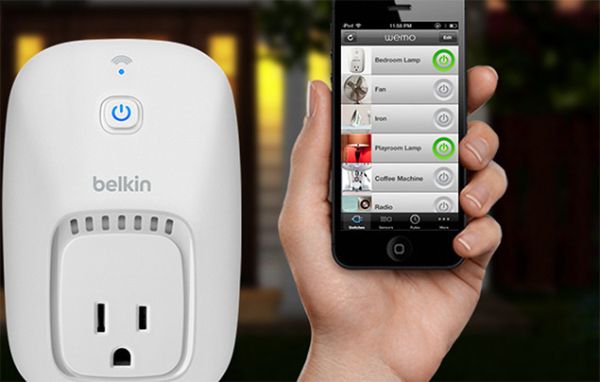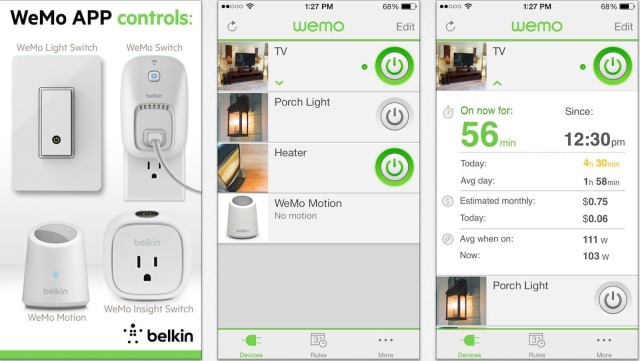How to Move Non-Moveable Android Apps to the SD Card

Android apps install to the internal storage by default, but you can also set the SD card as your default install location. This trick allows you to move almost any app to the SD card – no root access required.
This tweak requires Android 2.2 or later. To change the default install location, you’ll need to use the ADB, or Android Debug Bridge, utility included with Google’s Android SDK.
Tap the USB Debugging checkbox to enable it. This will enable debug mode, allowing you to change the settings on your Android device from your computer. You may want to disable debug mode after completing this process.

After you’ve installed both the JDK and Android SDK, launch the SDK Manager from your Start menu.

The ADB utility isn’t installed by default. It’s included in the Android SDK Platform-tools package – select this package and click the Install button to download and install it.

After the process completes, connect your Android device to your computer with its included USB cable. Windows should locate the device and install the appropriate drivers automatically. If it doesn’t, you may have to download and install the appropriate drivers from your Android device’s manufacturer. Do not mount the device after connecting it – just plug it in.

Android apps install to the internal storage by default, but you can also set the SD card as your default install location. This trick allows you to move almost any app to the SD card – no root access required.
This tweak requires Android 2.2 or later. To change the default install location, you’ll need to use the ADB, or Android Debug Bridge, utility included with Google’s Android SDK.
A Warning
Some apps shouldn’t be installed to your SD card and should remain installed on the internal storage. The external storage is unavailable when your Android device is mounted on your computer, so apps that remain running all the time should be left on your internal storage. Widgets, launchers, animated wallpapers, and anything you want to use while your Android’s SD card is mounted on your computer should be left on the internal storage.Enable USB Debugging
First, you’ll need to enable USB debugging on your Android device. Open the Settings screen, tap Applications, and select Development.Tap the USB Debugging checkbox to enable it. This will enable debug mode, allowing you to change the settings on your Android device from your computer. You may want to disable debug mode after completing this process.

Install the Android SDK
You’ll need to download and install Google’s Android SDK on your computer. If you don’t already have Oracle’s Java JDK installed on your computer, you’ll have to download and install it before installing the Android SDK.After you’ve installed both the JDK and Android SDK, launch the SDK Manager from your Start menu.

The ADB utility isn’t installed by default. It’s included in the Android SDK Platform-tools package – select this package and click the Install button to download and install it.

After the process completes, connect your Android device to your computer with its included USB cable. Windows should locate the device and install the appropriate drivers automatically. If it doesn’t, you may have to download and install the appropriate drivers from your Android device’s manufacturer. Do not mount the device after connecting it – just plug it in.




